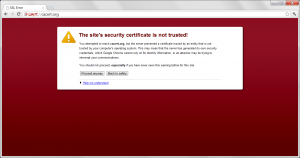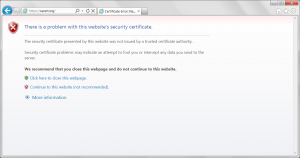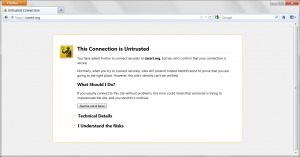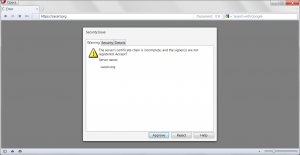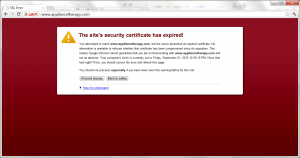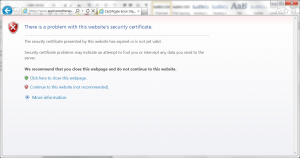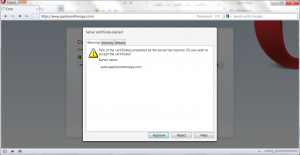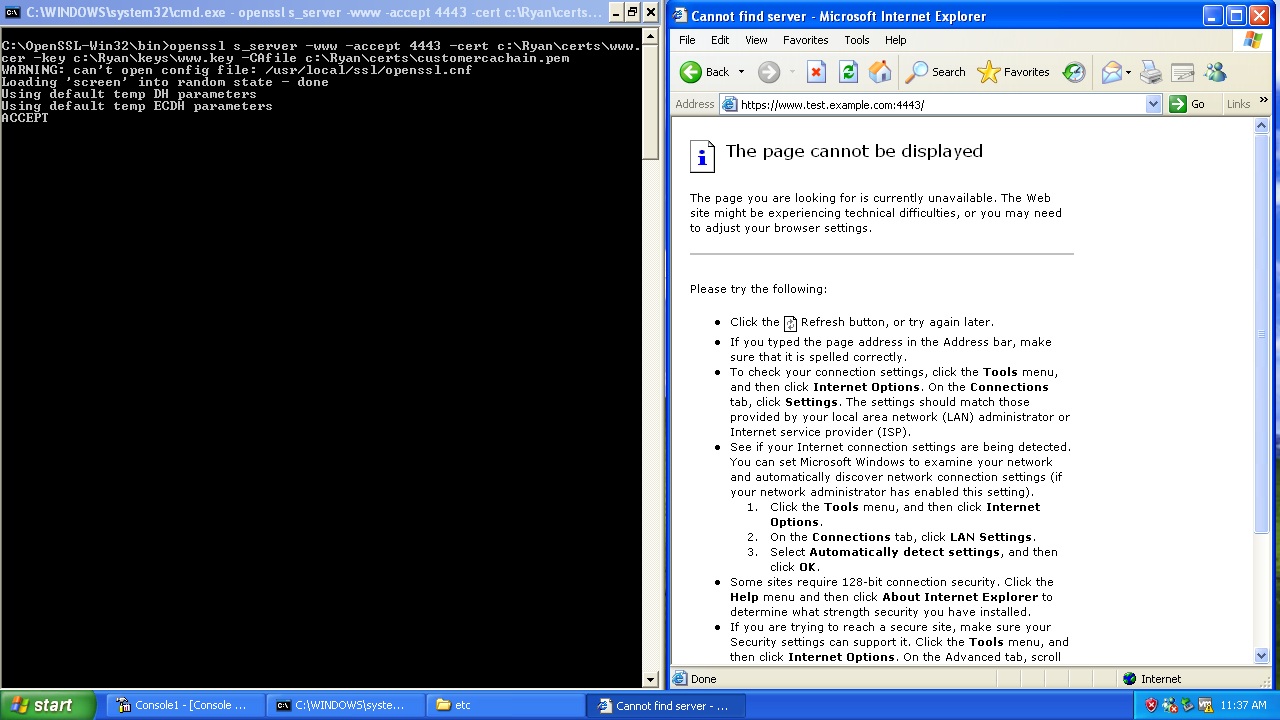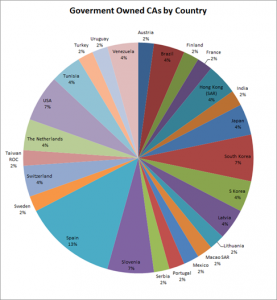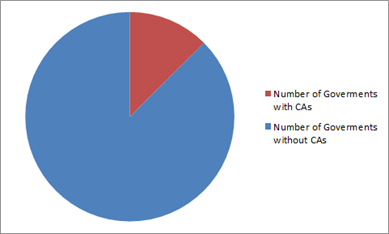| Current CA Owner |
Country |
Thumbprint |
| Government of Austria, Austria Telekom-Control Commission |
Austria |
e7 07 15 f6 f7 28 36 5b 51 90 e2 71 de e4 c6 5e be ea ca f3 |
| Government of Brazil, Autoridade Certificadora Raiz Brasileira |
Brazil |
8e fd ca bc 93 e6 1e 92 5d 4d 1d ed 18 1a 43 20 a4 67 a1 39 |
| Government of Brazil, Instituto Nacional de Tecnologia da Informação (ITI) |
Brazil |
70 5d 2b 45 65 c7 04 7a 54 06 94 a7 9a f7 ab b8 42 bd c1 61 |
| Government of Finland, Population Register Centre |
Finland |
fa a7 d9 fb 31 b7 46 f2 00 a8 5e 65 79 76 13 d8 16 e0 63 b5 |
| Government of France |
France |
60 d6 89 74 b5 c2 65 9e 8a 0f c1 88 7c 88 d2 46 69 1b 18 2c |
| Government of Hong Kong (SAR), Hongkong Post |
Hong Kong (SAR) |
d6 da a8 20 8d 09 d2 15 4d 24 b5 2f cb 34 6e b2 58 b2 8a 58 |
| Government of Hong Kong (SAR), Hongkong Post |
Hong Kong (SAR) |
e0 92 5e 18 c7 76 5e 22 da bd 94 27 52 9d a6 af 4e 06 64 28 |
| Government of India, Ministry of Communications & Information Technology, Controller of Certifying Authorities (CCA) |
India |
97 22 6a ae 4a 7a 64 a5 9b d1 67 87 f2 7f 84 1c 0a 00 1f d0 |
| Government of Japan, Ministry of Internal Affairs and Communications |
Japan |
96 83 38 f1 13 e3 6a 7b ab dd 08 f7 77 63 91 a6 87 36 58 2e |
| Government of Japan, Ministry of Internal Affairs and Communications |
Japan |
7f 8a b0 cf d0 51 87 6a 66 f3 36 0f 47 c8 8d 8c d3 35 fc 74 |
| Government of Korea, Korea Information Security Agency (KISA) |
South Korea |
5f 4e 1f cf 31 b7 91 3b 85 0b 54 f6 e5 ff 50 1a 2b 6f c6 cf |
| Government of Korea, Korea Information Security Agency (KISA) |
South Korea |
02 72 68 29 3e 5f 5d 17 aa a4 b3 c3 e6 36 1e 1f 92 57 5e aa |
| Government of Korea, Korea Information Security Agency (KISA) |
South Korea |
f5 c2 7c f5 ff f3 02 9a cf 1a 1a 4b ec 7e e1 96 4c 77 d7 84 |
| Government of Korea, Ministry of Government Administration and Home Affairs (MOGAHA) |
South Korea |
63 4c 3b 02 30 cf 1b 78 b4 56 9f ec f2 c0 4a 86 52 ef ef 0e |
| Government of Korea, Ministry of Government Administration and Home Affairs (MOGAHA) |
South Korea |
20 cb 59 4f b4 ed d8 95 76 3f d5 25 4e 95 9a 66 74 c6 ee b2 |
| Government of Latvia, Latvian Post |
Latvia |
08 64 18 e9 06 ce e8 9c 23 53 b6 e2 7f bd 9e 74 39 f7 63 16 |
| Government of Latvia, Latvian State Radio & Television Centre (LVRTC) |
Latvia |
c9 32 1d e6 b5 a8 26 66 cf 69 71 a1 8a 56 f2 d3 a8 67 56 02 |
| Government of Lithuania, Registru Centras |
Lithuania |
97 1d 34 86 fc 1e 8e 63 15 f7 c6 f2 e1 29 67 c7 24 34 22 14 |
| Government of Macao, Macao Post |
Macao SAR |
89 c3 2e 6b 52 4e 4d 65 38 8b 9e ce dc 63 71 34 ed 41 93 a3 |
| Government of Mexico, Autoridad Certificadora Raiz de la Secretaria de Economia |
Mexico |
34 d4 99 42 6f 9f c2 bb 27 b0 75 ba b6 82 aa e5 ef fc ba 74 |
| Government of Portugal, Sistema de Certificação Electrónica do Estado (SCEE) / Electronic Certification System of the State |
Portugal |
39 13 85 3e 45 c4 39 a2 da 71 8c df b6 f3 e0 33 e0 4f ee 71 |
| Government of Serbia, PTT saobraćaja „Srbija” (Serbian Post) |
Serbia |
d6 bf 79 94 f4 2b e5 fa 29 da 0b d7 58 7b 59 1f 47 a4 4f 22 |
| Government of Slovenia, Posta Slovenije (POSTArCA) |
Slovenia |
b1 ea c3 e5 b8 24 76 e9 d5 0b 1e c6 7d 2c c1 1e 12 e0 b4 91 |
| Government of Slovenia, Slovenian General Certification Authority (SIGEN-CA) |
Slovenia |
3e 42 a1 87 06 bd 0c 9c cf 59 47 50 d2 e4 d6 ab 00 48 fd c4 |
| Government of Slovenia, Slovenian Governmental Certification Authority (SIGOV-CA) |
Slovenia |
7f b9 e2 c9 95 c9 7a 93 9f 9e 81 a0 7a ea 9b 4d 70 46 34 96 |
| Government of Spain (CAV), Izenpe S.A. |
Spain |
4a 3f 8d 6b dc 0e 1e cf cd 72 e3 77 de f2 d7 ff 92 c1 9b c7 |
| Government of Spain (CAV), Izenpe S.A. |
Spain |
30 77 9e 93 15 02 2e 94 85 6a 3f f8 bc f8 15 b0 82 f9 ae fd |
| Government of Spain, Autoritat de Certificació de la Comunitat Valenciana (ACCV) |
Spain |
a0 73 e5 c5 bd 43 61 0d 86 4c 21 13 0a 85 58 57 cc 9c ea 46 |
| Government of Spain, Dirección General de la Policía – Ministerio del Interior – España. |
Spain |
b3 8f ec ec 0b 14 8a a6 86 c3 d0 0f 01 ec c8 84 8e 80 85 eb |
| Government of Spain, Fábrica Nacional de Moneda y Timbre (FNMT) |
Spain |
43 f9 b1 10 d5 ba fd 48 22 52 31 b0 d0 08 2b 37 2f ef 9a 54 |
| Government of Spain, Fábrica Nacional de Moneda y Timbre (FNMT) |
Spain |
b8 65 13 0b ed ca 38 d2 7f 69 92 94 20 77 0b ed 86 ef bc 10 |
| Government of Sweden, Inera AB (SITHS-Secure IT within Health care Service) |
Sweden |
16 d8 66 35 af 13 41 cd 34 79 94 45 eb 60 3e 27 37 02 96 5d |
| Government of Switzerland, Bundesamt für Informatik und Telekommunikation (BIT) |
Switzerland |
6b 81 44 6a 5c dd f4 74 a0 f8 00 ff be 69 fd 0d b6 28 75 16 |
| Government of Switzerland, Bundesamt für Informatik und Telekommunikation (BIT) |
Switzerland |
25 3f 77 5b 0e 77 97 ab 64 5f 15 91 55 97 c3 9e 26 36 31 d1 |
| Government of Taiwan, Government Root Certification Authority (GRCA) |
Taiwan ROC |
f4 8b 11 bf de ab be 94 54 20 71 e6 41 de 6b be 88 2b 40 b9 |
| Government of The Netherlands, PKIoverheid |
The Netherlands |
10 1d fa 3f d5 0b cb bb 9b b5 60 0c 19 55 a4 1a f4 73 3a 04 |
| Government of The Netherlands, PKIoverheid |
The Netherlands |
59 af 82 79 91 86 c7 b4 75 07 cb cf 03 57 46 eb 04 dd b7 16 |
| Government of the United States of America, Federal PKI |
USA |
76 b7 60 96 dd 14 56 29 ac 75 85 d3 70 63 c1 bc 47 86 1c 8b |
| Government of the United States of America, Federal PKI |
USA |
cb 44 a0 97 85 7c 45 fa 18 7e d9 52 08 6c b9 84 1f 2d 51 b5 |
| Government of the United States of America, Federal PKI |
USA |
90 5f 94 2f d9 f2 8f 67 9b 37 81 80 fd 4f 84 63 47 f6 45 c1 |
| Government of Tunisia, Agence National de Certification Electronique / National Digital Certification Agency (ANCE/NDCA) |
Tunisia |
30 70 f8 83 3e 4a a6 80 3e 09 a6 46 ae 3f 7d 8a e1 fd 16 54 |
| Government of Tunisia, Agence National de Certification Electronique / National Digital Certification Agency (ANCE/NDCA) |
Tunisia |
d9 04 08 0a 49 29 c8 38 e9 f1 85 ec f7 a2 2d ef 99 34 24 07 |
| Government of Turkey, Kamu Sertifikasyon Merkezi (Kamu SM) |
Turkey |
1b 4b 39 61 26 27 6b 64 91 a2 68 6d d7 02 43 21 2d 1f 1d 96 |
| Government of Uruguay, Correo Uruguayo |
Uruguay |
f9 dd 19 26 6b 20 43 f1 fe 4b 3d cb 01 90 af f1 1f 31 a6 9d |
| Government of Venezuela, Superintendencia de Servicios de Certificación Electrónica (SUSCERTE) |
Venezuela |
dd 83 c5 19 d4 34 81 fa d4 c2 2c 03 d7 02 fe 9f 3b 22 f5 17 |
| Government of Venezuela, Superintendencia de Servicios de Certificación Electrónica (SUSCERTE) |
Venezuela |
39 8e be 9c 0f 46 c0 79 c3 c7 af e0 7a 2f dd 9f ae 5f 8a 5c |
